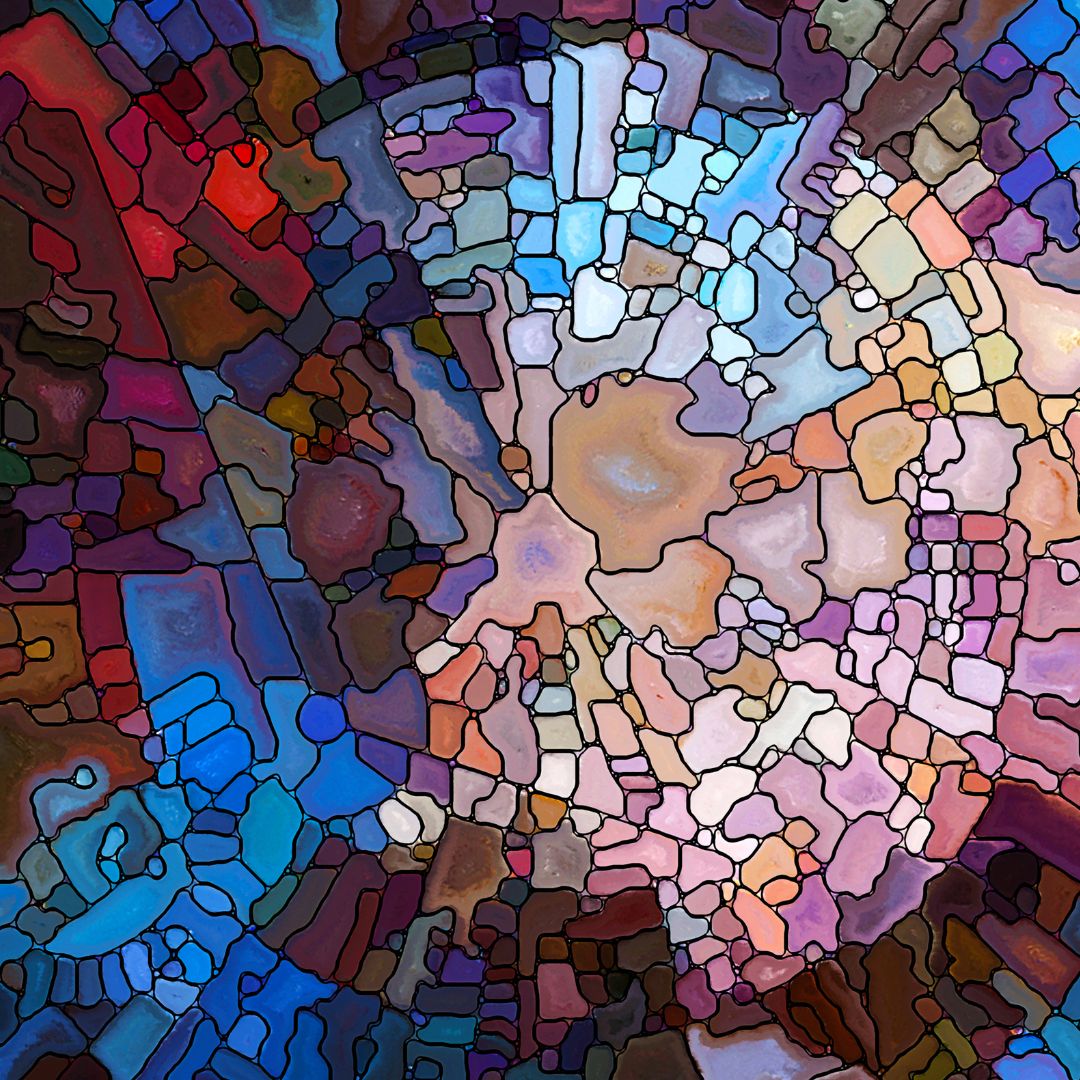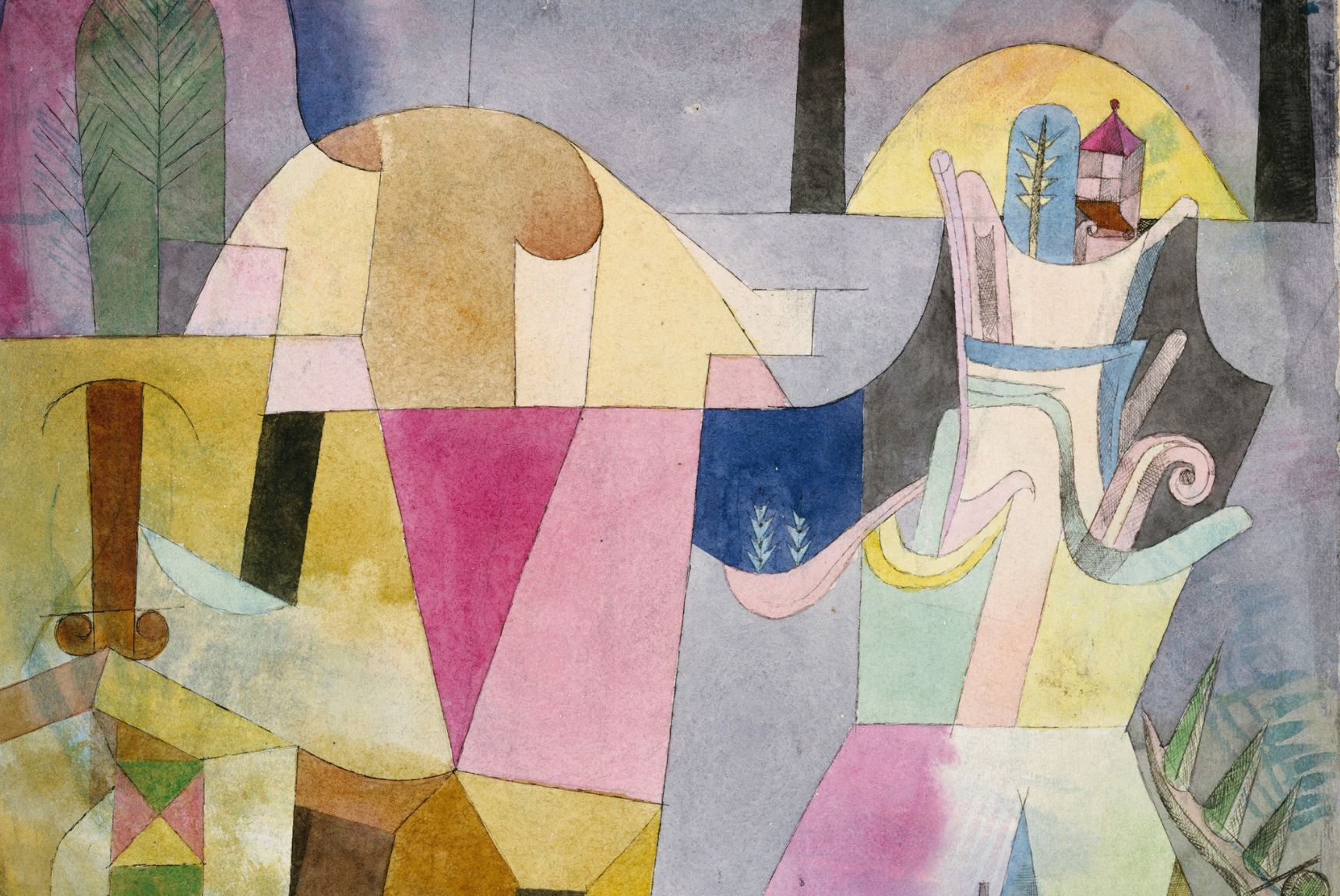Art has long been a profound force in shaping the way we perceive the world. Through its diverse forms—painting, sculpture, music, literature, and more—art transcends language and cultural barriers, offering a unique lens to view and understand life. Subtle yet powerful, art influences our thoughts, emotions, and even societal norms, leaving an indelible mark on how we interpret our surroundings and interact with each other.
Art as a Reflection of Society
Art serves as a mirror to society, capturing the essence of specific eras, cultures, and communities. From the Renaissance’s celebration of humanism to the bold expressions of contemporary street art, each piece conveys the values, struggles, and aspirations of its time. For instance, Picasso’s Guernica communicates the horrors of war, while Frida Kahlo’s self-portraits explore identity and resilience. By engaging with such works, we gain deeper insights into the human experience and the socio-political contexts that shape it.

A Catalyst for Empathy and Understanding
One of art’s most profound roles is its ability to foster empathy. Through storytelling, visual imagery, or performance, art invites us to step into someone else’s shoes, experiencing their joys, fears, and struggles. Literature like Harper Lee’s To Kill a Mockingbird challenges readers to confront prejudice, while films like Schindler’s List bring historical atrocities to life, urging reflection and action. This empathetic connection helps break down biases and build bridges between individuals and cultures.
Art’s Influence on Individual Perception
On a personal level, art shapes how we see and interpret the world. Colors, forms, and compositions evoke specific emotions and thoughts, subtly influencing our mood and mindset. For example, serene landscapes might inspire calmness, while abstract patterns can provoke curiosity or introspection. Art also challenges us to think critically, question norms, and embrace different perspectives, enriching our worldview.
Shaping Cultural Narratives
Art plays a significant role in defining and preserving cultural narratives. Traditional crafts, folk music, and indigenous art forms encapsulate the histories and philosophies of various communities. By celebrating these expressions, societies ensure the survival of their heritage and identity. Moreover, art often sparks cultural movements that redefine societal values, such as the Harlem Renaissance’s impact on African-American identity or the feminist art movement’s challenge to gender norms.

Art as a Tool for Change
Art has the power to inspire change by highlighting injustices and motivating collective action. Protest art, for instance, uses creativity to amplify marginalized voices and call for reform. Iconic works like Banksy’s street murals or Shepard Fairey’s Hope poster for Barack Obama’s campaign demonstrate how art can galvanize public sentiment and ignite social movements.
Conclusion
Art is far more than an aesthetic pursuit—it is a dynamic force that shapes our perceptions, fosters understanding, and drives societal progress. Whether it comforts or challenges, art leaves an imprint on our collective consciousness, encouraging us to see the world—and each other—through a more thoughtful and compassionate lens.

